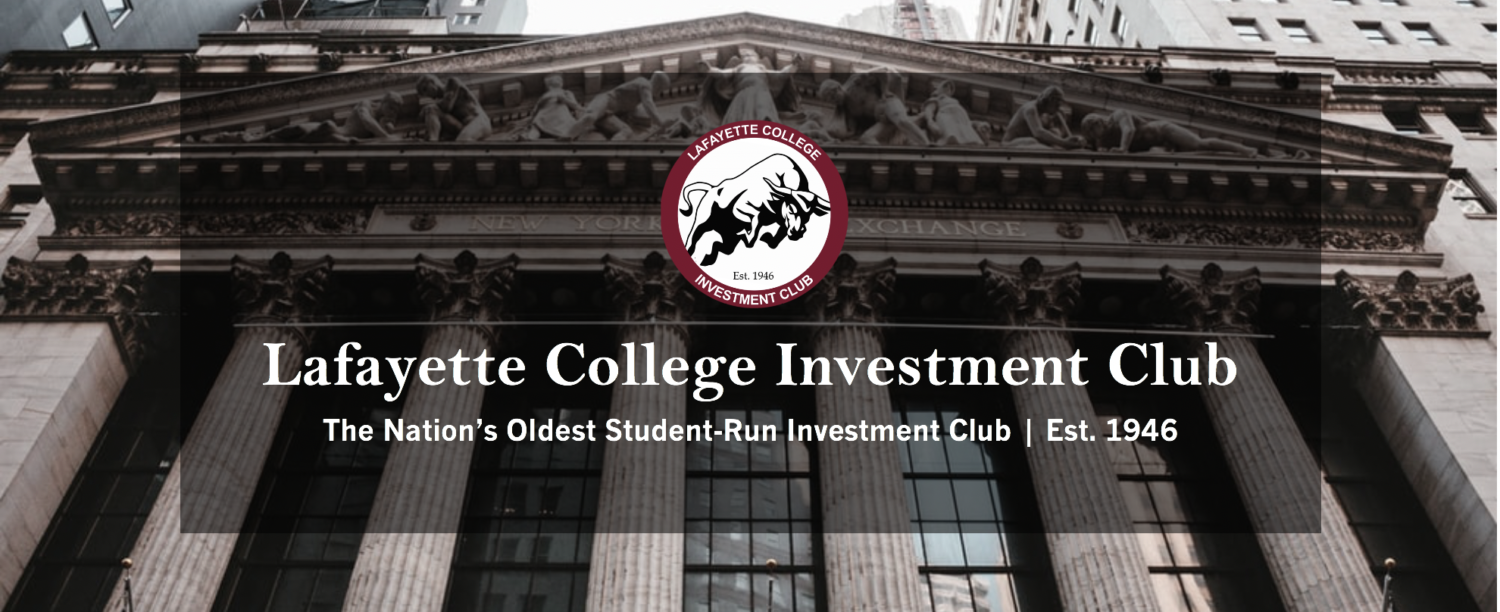Big Institutions Must Consider Basel III in Assessing Strength This Year, Fed Says
The largest U.S. banks will have to start incorporating newly minted capital rules into their annual “stress tests” this year even though the requirements have yet to be formally phased in, the Federal Reserve said Tuesday.
Banks with at least $50 billion in total assets would have to work the capital rules finalized by regulators earlier this year into the capital-planning projections and stress tests they are required to undertake by the government. A second tier of banks, those with between $10 billion and $50 billion in total assets, would have an extra year to start incorporating the capital rules.
While the Fed said it wasn’t changing its existing 5% minimum-capital target for banks, it does want the largest firms to account for the new, higher-capital standards when they assess their ability to withstand a variety of economic scenarios.
The new capital rules, known globally as Basel III, include a number of changes for banks of all sizes, including higher capital and leverage standards aimed at strengthening banks’ ability to withstand times of distress. The rules, which U.S. regulators finalized in July, are slated to be phased in over the next two years based on the size of an individual bank. For the biggest banks, the phase in of the new rules overlaps with the next stress-test cycle, which begins next month.
Bankers have been seeking clarification about how they should deal with the phase-in ahead of the stress tests, which cover nine consecutive quarters. Making clear how banks account for the phase-in process when completing the stress tests should help guarantee the process is effective, said Hugh Carney, senior counsel at the American Bankers Association.
“It makes sense so that there’s no big departure between the banks’ internal models and the stress tests. To have it be useful it has to incorporate the rules,” Mr. Carney said.
Requiring banks to account for higher capital requirements in their annual stress tests could make it difficult for some firms eager to reward shareholders with buybacks and dividends, since the Fed uses the process to determine whether banks will be able to move ahead with their capital plans. The Fed in previous years has rejected some banks’ capital plans, while forcing other firms to resubmit their calculations.
The stress tests were started at the height of the financial crisis as a way to bolster confidence that the biggest U.S. banks would be able to continue to lend to the economy. Since then, the annual tests have become central to the Fed’s efforts to force banks to strengthen their balance sheets and maintain strong capital cushions even as conditions within the industry improve.
Still, banks have balked at some of the Fed’s requirements, complaining about how the results are released and questioning why regulators’ calculations frequently show greater losses in some areas than the bank’s own calculations. Fed officials have declined to spell out exactly how they crunch the numbers, in part to make sure banks don’t just adopt the Fed’s models while letting their risk-management efforts weaken.
